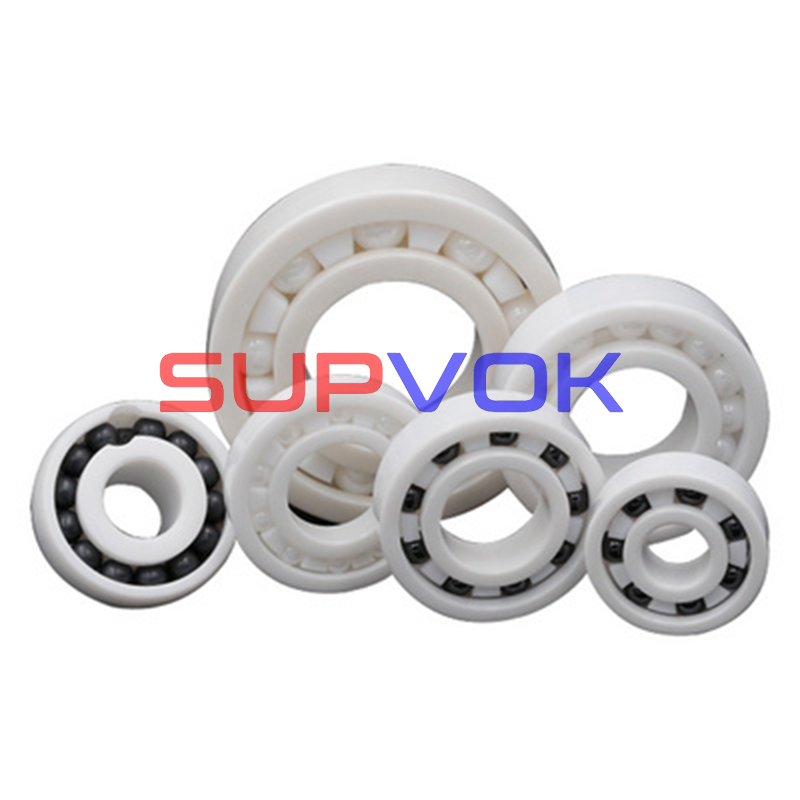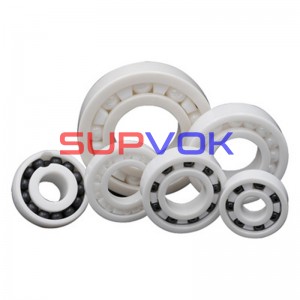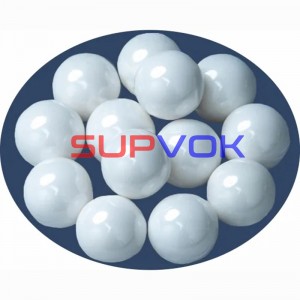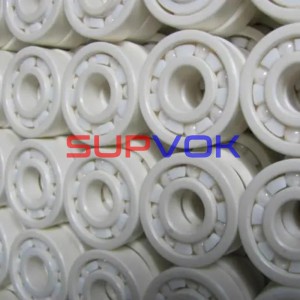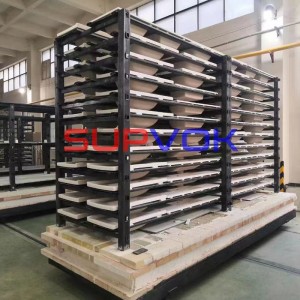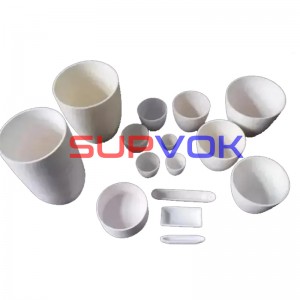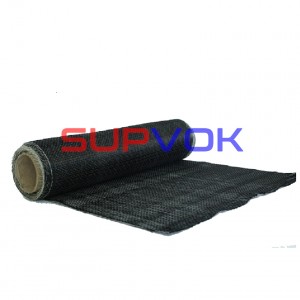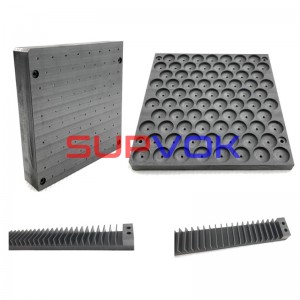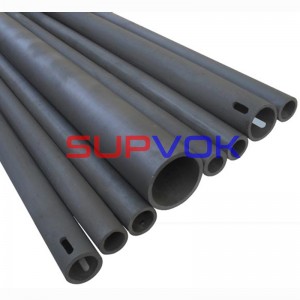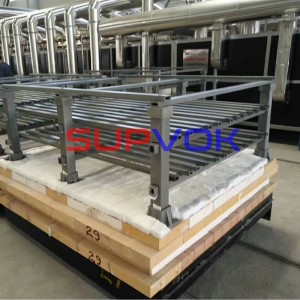Ceramic balls and bearing
Compared with steel balls, the main advantages of zirconia balls are
►1. It is 23% lighter than the steel ball, reducing the centrifugal force, rolling and wear on the channel when the bearing is running at high speed and accelerated;
►2. Small friction coefficient, good rotation flexibility;
►3. High temperature resistance, service temperature can reach 750 ℃;
►4. Never rust, can work without oil lubrication;
►5. More resistant to chemical corrosion than steel;
►7. Non magnetic conductivity;
►8. Electrical insulation.
Purpose
Zirconia ceramic balls are mainly used as valve balls, all ceramic bearings, measuring balls, track balls, fine grinding balls, and can be used in high temperature, corrosion resistance, insulation, magnetic insulation, no lubrication and other occasions. It is an ideal material to replace steel balls in corrosion occasions.
As a valve ball, zirconia ceramic ball has been successfully used in high-pressure homogenizer, diaphragm pump, metering pump, oil well pump, high-pressure spray gun and other equipment. Zirconium oxide ceramic balls can also be used as balls and balls for skin care bottles/cosmetics and other packaging bottles.
►Product features: the density reaches 6.05g/cm3.
►Product specification: 0.4mm~50.8mm (1/64 "~2"), various specifications can be provided.
►Available supply level: G5~G40.
►Remarks: 1) Dense without holes. 2) Color: white. 3) Zirconia content: 95%. 4) There is a large amount of stock available to meet the requirements of delivery at any time. 5) Various non-standard diameters/sizes/specifications are available. 6) Thermal expansion coefficient of zirconia 10.5 × 10-6/℃, which is close to the thermal expansion coefficient of metal, and has good coordination with metal, but the dimensional stability varies greatly with temperature. The rolling fatigue contact failure mode is destructive fragmentation, which is not as stable as silicon nitride material in some key occasions.
Material index
| Performance | Unit | Typical value |
| Density | g/cm3 | >6.0 |
| HV Hardness | Kg/mm2 | >1300 |
| Compressive Strength | MPa | 5500 |
| Flexural Strength | MPa | 1250 |
| Modulus of Elasticity | Gpa | 200 |
| Thermal Conductivity | W/(m.k) | 3(20-400℃) |
| Thermal Expansivity Cofficient | 10^-6K^-1 | 9.6 |
| Facture Toughness | Mpa.m0.5 | 8 |
| Grain Size | um | 0.5 |
All ceramic bearings have the characteristics of magnetoelectric insulation, wear resistance, corrosion resistance, oil-free self-lubricating, high temperature resistance and cold resistance, and can be used in extremely harsh environments and special working conditions. The ferrule and rolling element are made of zirconia (ZrO2) ceramic materials, and the retainer is made of polytetrafluoroethylene (PTFE) as the standard configuration. Generally, glass fiber reinforced nylon 66 (RPA66-25), special engineering plastics (PEEK, PI), stainless steel (AISISUS316), brass (Cu), etc. can also be used.
One side of the full loaded ball type all ceramic bearing is provided with a ball adding notch. Because of the cage free structure design, more ceramic balls can be loaded into the bearing than the bearing with standard structure, so as to improve its radial load capacity. In addition, the restriction of cage materials can be avoided, and the corrosion resistance and temperature resistance of the ceramic cage type all ceramic bearing can be achieved. This series of bearings is not suitable for high speed, and the notch surface should be installed at the end that does not bear axial load. Because the inner and outer rings of the bearing have ball filling gaps, it is not suitable for applications with large axial loads.
►1. High temperature resistance: Zirconia will not expand due to temperature difference when the full ball temperature is 300 ℃. It can be used in high temperature equipment such as furnace, plastic making, steel making, etc;
►2. Corrosion resistance: the material itself has corrosion resistance characteristics and can be used in strong acid, strong alkali, inorganic, organic salt, sea water and other fields, such as electroplating equipment, electronic equipment, chemical machinery, shipbuilding, medical equipment, etc.
►3. Anti magnetism: due to no magnetism and no dust absorption, it can reduce bearing peeling in advance and high noise. It can be used in demagnetizing equipment. Precision instruments and other fields.
►4. Electrical insulation: due to high electrical resistance, it can avoid arc damage to bearings, and can be used in various electrical equipment requiring insulation.
►5. Vacuum: Due to the unique oil-free self-lubricating characteristics of ceramic materials, in the ultra-high vacuum environment, zirconia all ceramic bearings can overcome the problem that ordinary bearings cannot achieve lubrication.





